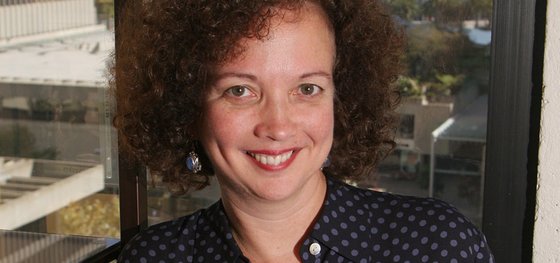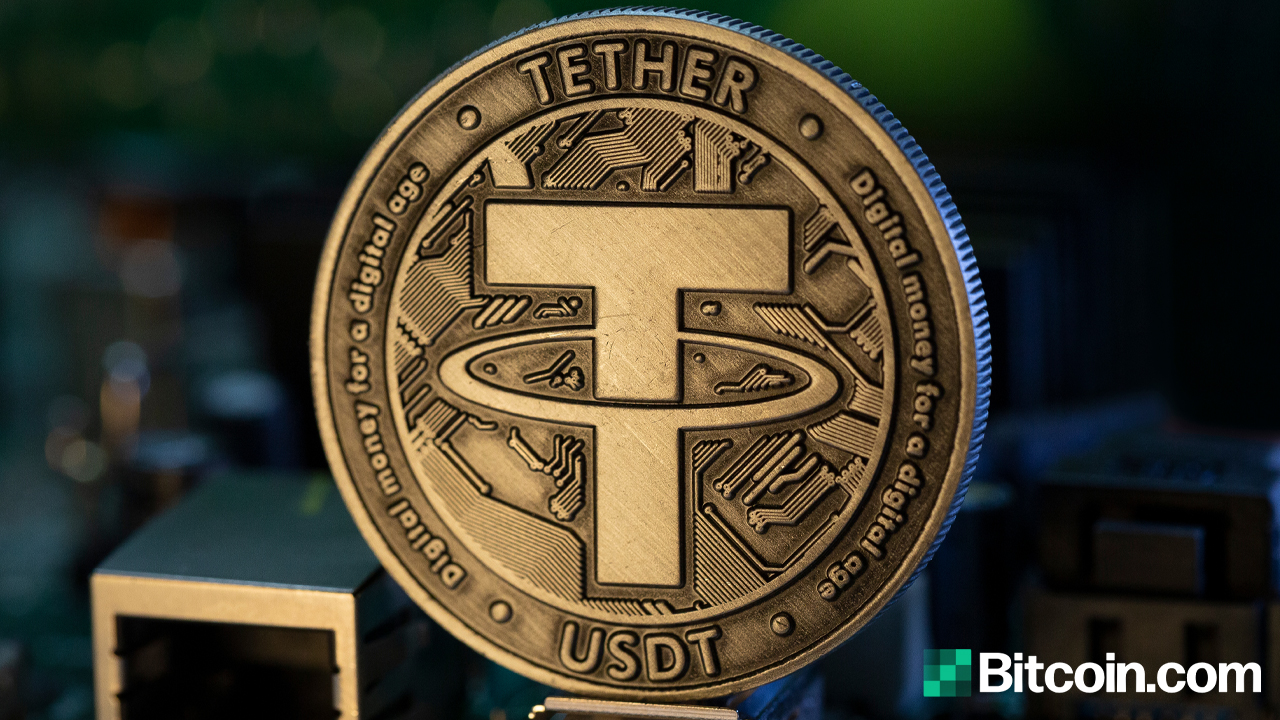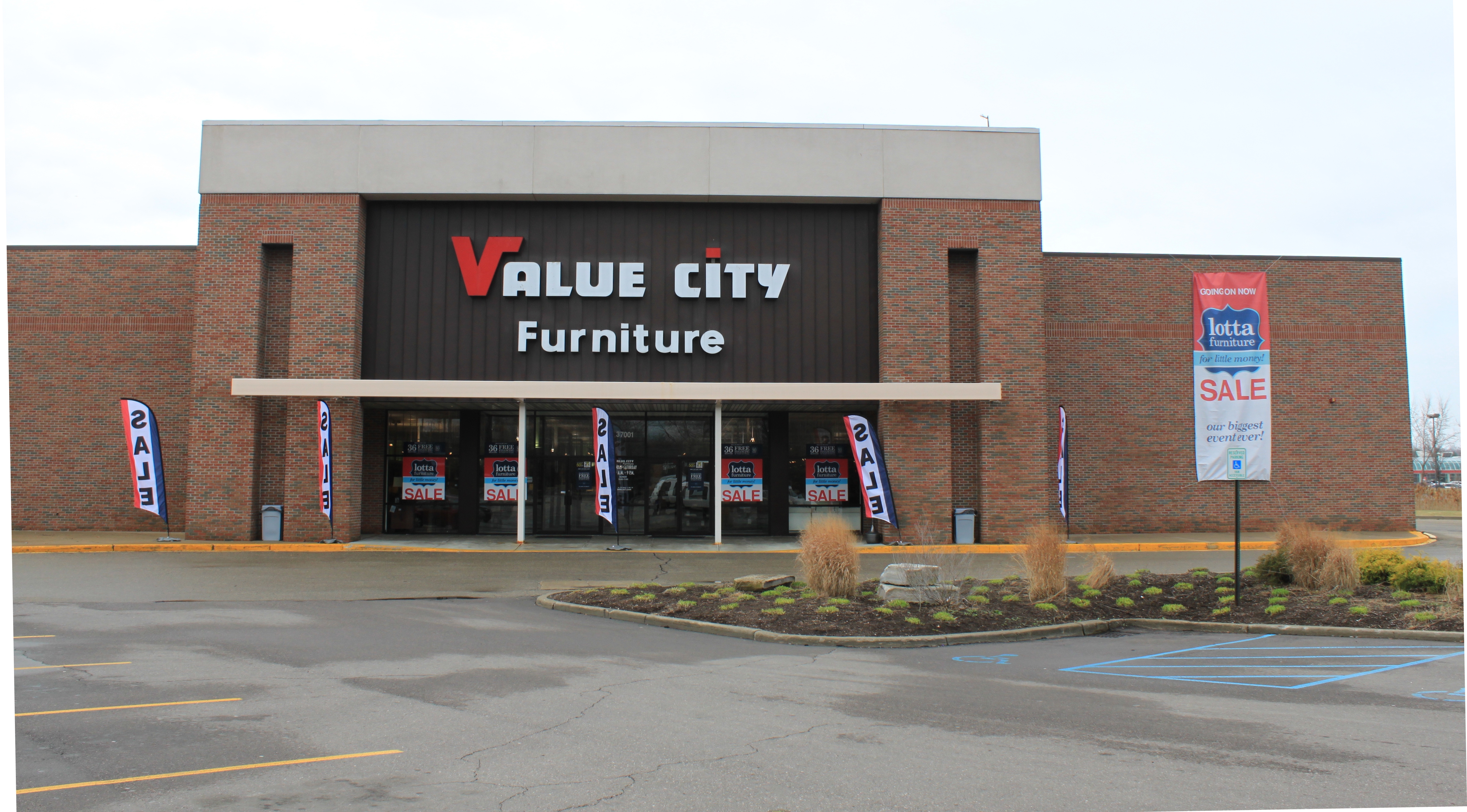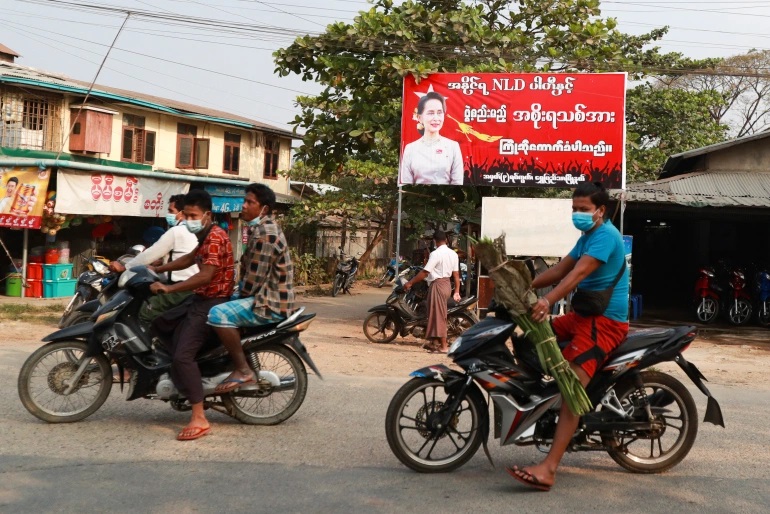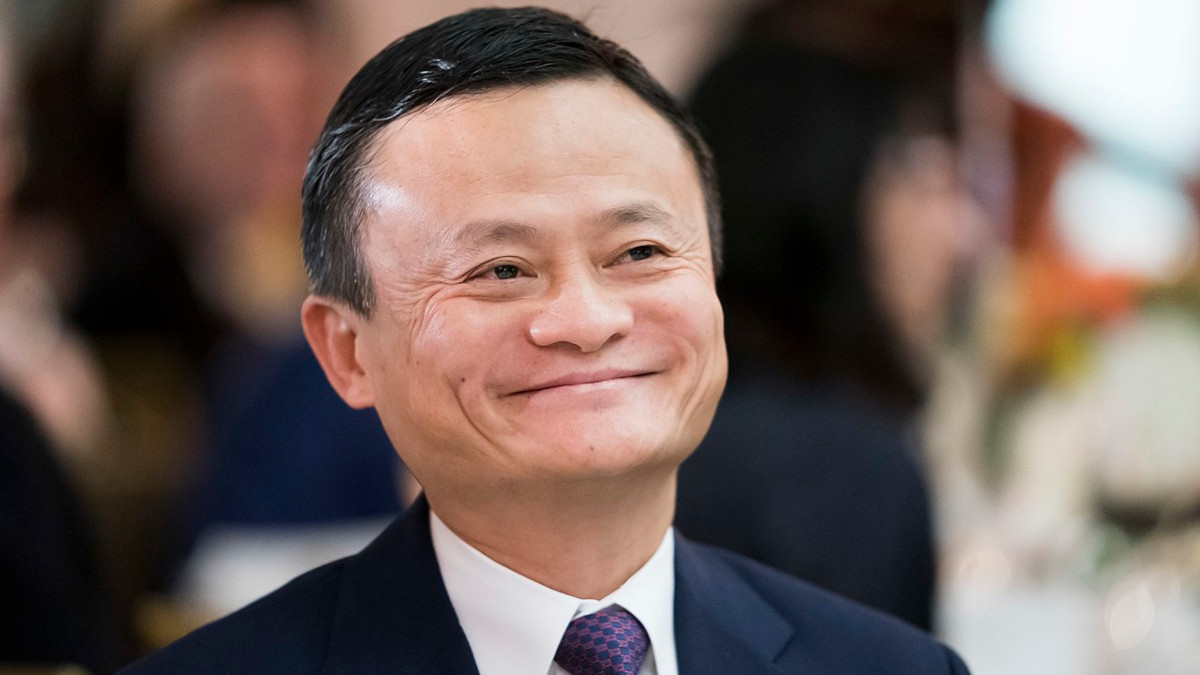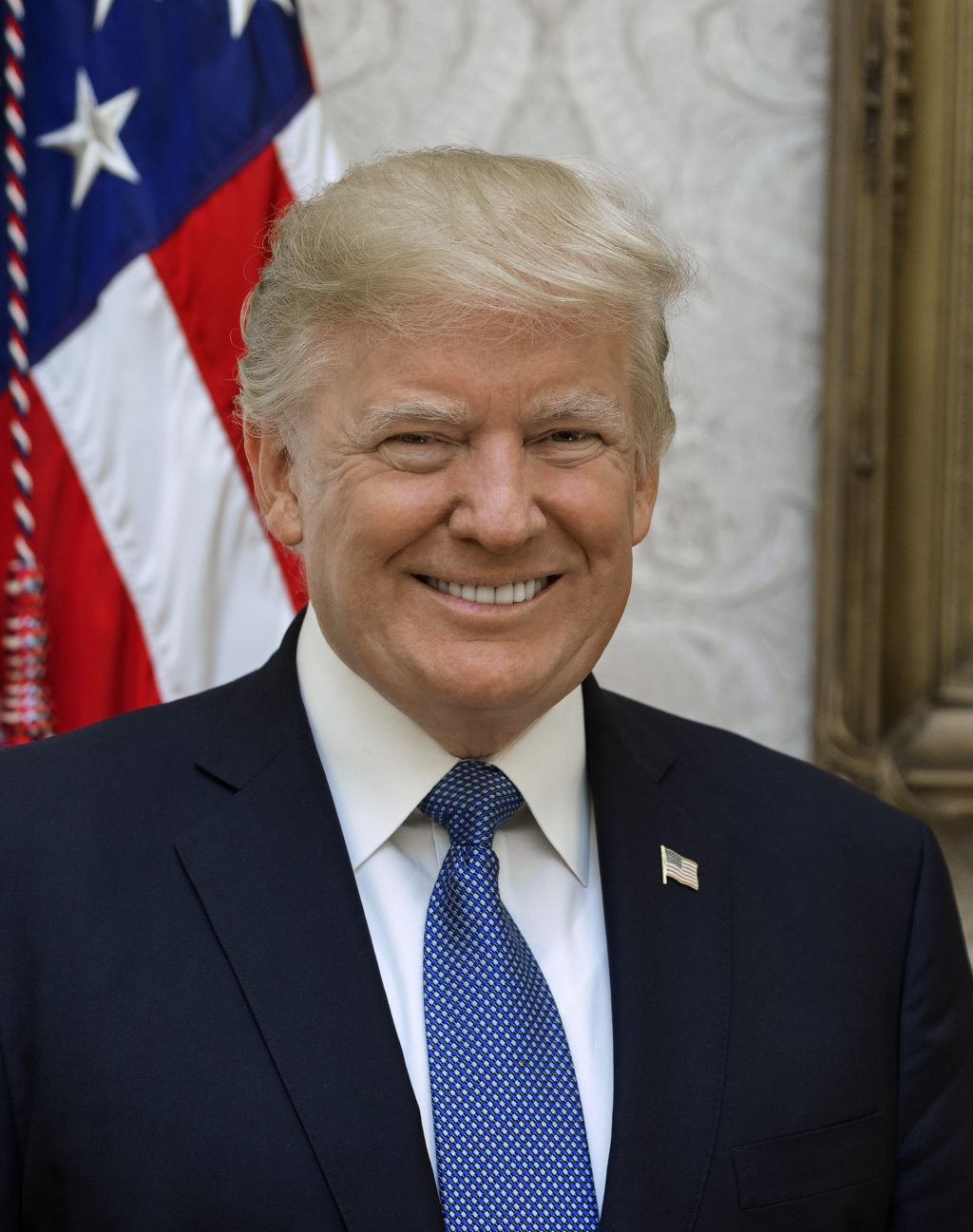16 January 2017
The picture above shows Victoria Hale who founded the first nonprofit pharmaceutical company, The Institute for OneWorld Health, in San Francisco, California in 2000 and was its chairman and CEO until 2008, when she became Chair Emeritus. She then went on to found Medicines360, a nonprofit pharmaceutical company dedicated to developing medicines for women and children, including pregnant women.
President-elect Donald Trump has vowed to renegotiate the prices Medicare pays for drugs. He said that Big Pharmaceutical companies have been “let off the hook” by policymakers for decades because Big Pharmaceutical companies have been lining their pockets. He added, “The drug companies probably have the second or third most powerful lobby in this country. They get the politicians, and every single one of them is getting money from them.”
President Obama also had a pledge to make drug prices fairer during his two terms but did not deliver on the promise.
We will have to wait and see whether the new president makes good his promise during his term.
Two small companies, Turing Pharmaceuticals and Valeant Pharmaceuticals International Inc., attracted the attention of the Congressional investigators. Turing raised the price of Daraprim, by 5,000 percent which would boost their bottom-line by $200 million.
Valeant increased the price of Wellbutrin XL 11 times over the past two years. A once-daily dose of Wellbutrin XL costs $1,400 a month while the generic costs $30 for a month. J. Michael Pearson, the outgoing CEO of Valeant took control of the company in 2008 and acquired rights to more than 140 older, niche drugs and repeatedly hiked their prices.
Valeant charges about $5000 per gram for the calcium EDTA, which is used to treat lead poisoning. Canadians are purchasing it from a French company, at $15 per gram. This represents a difference of 33,300%. See here.
Martin Shkreli started a pharmaceutical company, Retrophin. He bought old, rarely used drugs and raised their prices—a drug to treat kidney stones, for instance, was raised from $1.50 per pill to $30. Retrophin’s board ousted Shkreli in 2014. He made $100 million by selling Retrophin stock. He then started Turing. Turing acquired 62-year-old drug Daraprim, in August 2015 and soon increased the price from $13.50 per pill to $750, drawing Congressional scrutiny. The number of pills sold dropped from 25,500 in August to 600 pills in December 2015
U.S. prosecutors and the Securities and Exchange Commission are accusing Shkreli of misappropriating more than $1 million in investors’ money from his two hedge funds he managed.
This is how small players are manipulating the price of medicines to their advantage. Authorities and politicians know about it. Even Presidential candidate Hilary Clinton questioned Shkreli of the price hike. He simply shrugged her off with an LOL. It appears that this type of abuse cannot be prevented.
Now let us look at big pharmaceutical companies.
Transparency International (TI)of the UK released a report “Corruption in the Pharmaceutical Sector ” in June 2016. The project was funded by the UK government. This report shows two instances of manipulation by big companies.
The report says that in 2012, GlaxoSmithKline pleaded guilty to the unlawful promotion of the prescription drug Paxil. This case was part of a wider settlement in which the company pleaded guilty and paid US$3 billion to resolve its criminal and civil liability. The company also entered a five-year Corporate Integrity Agreement (CIA).
Another interesting development of the above case is that when the original clinical trial data was re-analysed in 2015, it showed that the drug was not only ineffective for treating depression but potentially unsafe, as it increased the prevalence of suicidal thoughts and behaviour. This shows how big companies file false data to get the drug approved by FDA.
TI reports points out another case. In 2013, generic drug manufacturer Ranbaxy USA Inc., a subsidiary of Indian generic pharmaceutical manufacturer Ranbaxy Laboratories Limited, pleaded guilty to charges relating to the manufacture and distribution of adulterated medicines made in its manufacturing facilities in India. Finally, the company agreed to pay a criminal fine and forfeiture totalling US$150 million and to settle civil claims under the False Claims Act and related State laws for US$350 million.
What is $3billion fine for GlaxoSmithKline? It’s pittance. They break the laws to make 100s of billions of dollars.
In the United States alone the pharmaceutical industry spends an estimated US$42 billion on promotional activities that target doctors annually, which is equal to US$61,000 per doctor on average. Who will not be tempted by the generous offer?
In a study published in JAMA Internal Medicine, it was revealed that doctors who received just one meal averaging $20 were up to twice as likely to prescribe brand-name drugs being promoted than doctors who did not receive any free food. This finding is not about the money spent by pharmaceutical companies but more about the time spent by the pharmaceutical representative with the doctor.
The companies explain the high price for patent medicine by saying that they spend on research and development. The research and development (R&D) is only a relatively small part of their expenses compared to their expenditures on marketing and administration. Often their R&D expenditure is smaller even than their profits.
Year 2013 [$bn]
Company R&D Expense Marketing Expense Net Profit
Jonson & Johnson 8.2 17.5 13.8
Novartis 9.9 4.6 9.2
Pfizer 6.5 11.4 22.0
Source – BBC
Patents law protects drugs from being copied for 20 years after the drug is invented. This is very short time frame, given that the pharmaceutical companies take as much as 8 years to get a drug approved by U.S. Food and Drug Administration(FDA). Therefore, they file patent upon patent to extend the life of a single drug. This way they will be able to hold the patent to more than 60 years. They also create new drugs by making minor variation on older drugs. They create a new drug by making minor variations to older drugs and get another twenty years of patent rights, and convince physicians to prescribe and consumers to use the newer product. For example, there are six statins (Mevacor, Lipitor, Zocor, Pravachol, Lescol, and Crestor) on the market to lower cholesterol, all variants of the first. They also resort to litigation to stifle generics. Novartis sued Indian companies that were producing cheap generic versions of the cancer drug Gleevec. Novartis lost that patent lawsuit.
Dr. Mercola estimates the statin drug industry at $29 billion He says that if you take statin drugs without taking CoQ10, your health is at serious risk. He says in his website, “A paper published in the American Journal of Cardiovascular Drugs cites nearly 900 studies on the adverse effects of HMG-CoA reductase inhibitors, also called statins.” Doctors seldom advise patient to take CoQ10 along with statin. Besides, there are people taking statins the whole life. This shows that the statins do not seem to cure high cholesterol completely.
Patent rights should be extended to 30 years so that the manufacturers can recoup their research costs. If the original manufacturer applies for a new patent with minor variations FDA can approve the new patent with a new name. But FDA in the US and parallel agencies in other countries should allow generic manufacturers to produce drugs with expired patent as generic drug. This way, the abuse of patent rights by perpetuating the patent with only minor variation, can be eliminated. Original manufacturer can produce the newly patented drug as well as the drug with the expired patent. The price of drug with the expired patent will then come down.
Now we see that the big pharmaceutical companies are also on the same board. They pay big money for political campaigns to protect themselves from too many questions being asked.
Now let us look at the pricing of generic drugs.
Connecture, a health insurance information technology company, reports that while the price of most generic drugs remained constant between 2008 and 2015, almost 400 generics saw price increases of more than 1,000%.
Between 2002 and 2013, for instance, the number of manufacturers making oral digoxin, a heart drug, fell from eight to three, with price increasing by 637 percent. The reduction in the number of manufacturers is due to mergers and acquisitions. Large manufacturers like Pfizer and Novartis are buying smaller generic companies or directly producing generic versions of their own patented drugs, so-called branded generics. This enables them to keep the prices high.
New York state’s attorney general opened an investigation into the pharmaceuticals giant, Mylan, focused on its contracts with local school systems to buy its lifesaving EpiPens which were used to counteract potentially fatal allergic reactions. Mylan raised the retail price of EpiPens more than 400 percent to $700 per two-pack and put a provision in the contract that the schools agree not to purchase any products from Mylan’s competitors for a period of 12 months Mylan told the congressional committee that it paid $69 per two-pack to the firm that manufactured the EpiPen.
Proxy filings show that from 2007 to 2015, Mylan CEO Heather Bresch’s total compensation went from $2,453,456 to $18,931,068, a 671 percent increase.
Some experts have estimated that a two-pack of EpiPens could be manufactured at a cost of $8.02. In October 2016, Mylan settled these investigations with the U.S. Department of Justice, agreeing to pay $465 million and enter into a corporate integrity agreement concerning the rebate program. Mylan is a generic drug manufacturer.
According to a report by Elsevier, a drug product and pricing information provider, out of a research sample of 4421 drug groups, 222 drug groups increased in price by 100% or more (between Nov’13 and Nov’14). There are also some extreme cases (17 drug groups) where price increases of more than 1000% were seen. One such product is tetracycline, which is commonly prescribed for bacterial infections. During the same period (between Nov’13 and Nov’14), it’s per tablet price increased from $0.0345 to $2.3632. That is a 67-fold increase in one year! But, why are generic drug prices increasing at such high rates?
Insurance companies have a role to play. But they are contended with calculating their claims ratio and increase the premium if the claims are high. It seems that in France, insurers visit healthcare providers and seek their co-operation increasing the prescription of generic drugs.
There is a lot of information available with the insurers. There will be valuable input, if this data is analysed by data mining experts.
Consumers also should be educated on the advantage of generic drugs. People believe that more expensive drugs are better than the cheap drugs. That is why there is less demand for generic drugs. But this is not always true. Health professionals should be aware of the drugs that are value for money and prescribe them. Pharmaceutical industry spends about $3 billion on direct advertising which goes against consumer education. This should be countered by governmental agencies.
Medical practitioners rely on prestigious medical journals to learn about new drugs and devices Pharmaceutical companies and medical-device manufacturers pay ghost authors to write articles about their products for prestigious journals. Even the most prestigious journals publish research based on falsified studies and do not republish corrected articles when research fraud comes to light. How can the medical practitioners rely on such articles?
Companies put greater effort on drugs that can be sold at high prices; for example, drugs for cancer. So, several companies will put their efforts on research on the drug for cancer. Ultimately one will succeed. Therefore, the authorities should limit the number or researchers to two or three to conserve resources. This should be done at international level. Other resources can be channelled to research on another ailment.
Pharmaceutical industry has the highest profit margin compared to other industries. Here is a list of companies with highest margin in five industrial groups.
Highest Profit Margin of a single company by Industry – Year 2013
Pharmaceuticals 42%
Banks 29%
Car makers 10%
Oil & Gas 24%
Media 18%
Source – BBC
According to Deloitte’s 2016 Global life sciences outlook, generics’ share of global medicine market will increase from 27 percent ($261 billion) in 2012 to 36 percent ($421 billion) by 2017.
In 2015, $53 billion worth (market sales) of drugs fell off patent. It is not clear how much of this will be picked up by Generics.
Traditionally generic drug manufacturers were small companies which can be easily bullied by big firms. But this landscape is slowly changing. Sun Pharmaceuticals, an Indian multinational generic drug manufacturer headquartered in Mumbai, Maharashtra. The company offers formulations in various therapeutic areas, such as cardiology, psychiatry, neurology, gastroenterology and diabetology. It produces many kinds of drugs now.
It’s acquisitions of Ranbaxy in 2014 makes it the largest pharmaceutical company in India, the largest Indian pharmaceutical company in the US, and the 5th largest speciality generic company in the world. It sells 50% of its turnover in the US. It has manufacturing facilities in 26 locations in the US, Canada, Brazil, Mexico and Israel. It expanded mainly through mergers and acquisitions.
In some developing countries, such big generic product manufacturers are surfacing up and they can stand up to the bully of the big pharmaceutical companies. Such big generic companies are usually funded by sale of shares to the public. The big pharmaceutical companies can buy the shares of such companies from the public and then make a take-over bid.
If the generic product manufacturers are small, not international and have the support of the national government, there will be less of a risk of a take-over.
Only 3% of the of the pharmaceutical industry’s research and development budget goes to diseases of poverty in the developing countries. Pharmaceutical companies are not interested in researching on products for diseases of poverty as they cannot recoup the cost of bringing the product to the market. Former FDA official, Victoria Hale, in 2000, created Institute for OneWorld Health to fix this gap in providing medicines for poor countries. In 2011 OneWorld Health became a drug development program of PATH. PATH, (formerly called the Program for Appropriate Technology in Health) is one of the largest non-profit organizations in global health today.
Institute for OneWorld Health is a non-profit pharmaceutical company. It received more than $200 million from the Bill & Melinda Gates Foundation and other donors.
The non-profit pharmaceutical companies proliferated during the past decade. They have not made an impact yet because it takes more than three years to bring a new product to the market. But, their impact will be seen in the next 10 years.
Some of the not for profit pharmaceutical companies are:
Institute for OneWorld Health
Institute for Applied Biomedicine
Mend Therapeutics
Global Solutions for Infectious Diseases
The Pacific Northwest Diabetes Research Institute
Center for World Health and Medicine
Medicines360
The Mind Research Network
Fundación MEDINA, Spain
Southern Research Institute
Osh’s Not-for-Profit Pharmaceuticals
Myelin Repair Foundation
International Partnership for Microbicides
Drugs for Neglected Diseases initiative
Alfred Mann Foundation
Institute for Paediatric Innovation
SRI International
Drugs and Diagnostics for Tropical Diseases
Médecins sans Frontières (MSF)
Dr. Richard Chin, chief executive of OneWorld Health says that they initially focussed on proving that the PDPs could work. Now that this has been done, they are now concentrating on finding financing mechanisms that would help them scale up their business. Funding from the Gates Foundation allowed PDPs to get up and running. Chin says that the Gates Foundation is investing up to $3 billion a year in PDPs, but can’t continue to support the entire sector.
OneWorld Health teamed up with Novartis to research anti-diarrheal drugs for children. Novartis researchers suggest possible drugs to OneWorld Health researches who will test the drug and bring it into the market.
Merck and Company and GlaxoSmithKline (GSK) have also participated in PDPs along with the World Bank, the WHO, and the United Nations Children’s Fund (UNICEF). Universities are also providing substantial support to the non-profit pharmaceutical companies.
Non-profit companies will not be able to attract public funding for their share capital needs. Some of the not for profit companies claim that their research facilities are in par with those of the big companies. This needs huge investments. Philanthropists will not be able to provide all their financial requirements. Therefore, they should develop a financing model that will enable them to make some profits so that they will be able to attract public funding. They also should get into generic product manufacture. This will enable them to generate some profits and sell drugs at affordable prices, at the same time.
World’s most populous nations such as China and India are becoming more and more affluent. They also have talented scientists. Their pharmaceutical requirements are huge. In the years to come we will witness some interesting developments in the availability of reasonably priced quality drugs.

